AP reporting calls into question why and how Israel attacked a Gaza hospital

TEL AVIV, Israel (AP) — Associated Press reporting into an Israeli attack on a Gaza Strip hospital that killed 22 people, including five journalists, raises serious questions about Israel’s rationale for the strikes and the way they were carried out. Among those killed was Mariam Dagga, who worked for AP and other news organizations.
Israeli forces struck a position well known as a journalists’ gathering point, because — a military official said — they believed a camera on the roof was being used by Hamas to observe troops. The official cited “suspicious behavior” and unspecified intelligence, but the only detail given was that there was a towel on the camera and the person with it — which the army interpreted as an effort to avoid identification.
AP has gathered new evidence indicating the camera in question actually belonged to a Reuters video journalist who routinely covered his equipment with a white cloth to protect it from the scorching sun and dust. The journalist, Hussam al-Masri, was killed in the initial strike.
The evidence calls into question why Israeli forces went through with the strike. Witnesses say Israel frequently observed the position by drone, including about 40 minutes before the attack, giving an opportunity to correctly identify al-Masri.
AP’s findings also reveal other troubling decisions from the Aug. 25 attack:
— Soon after the first strike, Israeli forces hit the same position again, after medical and emergency workers had reached the scene to treat the injured, and as journalists including Dagga had rushed to cover the news. The strike has raised accusations of a “double tap” — a type of attack intended to kill those responding to casualties and which experts in international law say is a possible war crime.
— Troops used high-explosive tank shells to strike a hospital, instead of more precise guided weapons that might have resulted in fewer casualties.
— In all, Israel struck the hospital four times, the AP found, each time without warning.
The Israeli military refused to comment when asked if it hit the wrong person and has presented no evidence for their claims. It says it is still investigating but in their initial inquiry described “gaps” in how the attack was carried out. Israel has said none of the journalists killed were intended targets, nor were they linked to Hamas.
Israeli fire has killed 189 Palestinian reporters in Gaza, according to the Committee to Protect Journalists. Israel has barred foreign journalists from entering Gaza since the war erupted in October 2023, giving Palestinian journalists a critical role in covering the conflict.
The AP’s analysis is based on information from current and former Israeli military officials, other officials and weapons analysts — and accounts from nearly 20 people who were in or near the hospital at the time of the strikes.
The attack has galvanized global anger as Israeli forces push ahead with a major offensive in famine-stricken Gaza City, exposing its population to even greater danger from Israeli bombardment and military operations. Prime Minister Benjamin Netanyahu called it a “tragic mishap″ but stopped short of apologizing.
Covering a camera with a cloth
Before the attack, the Reuters journalist, al-Masri, was positioned with his video camera high up on an external stairwell of Nasser Hospital. A photograph taken by Dagga in mid-August shows al-Masri on the same stairwell next to his camera, with a white cloth draped over it.
In the weeks before the strikes, al-Masri had broadcast live almost daily from the stairwell, according to other journalists who worked there and hospital officials. Five journalists told the AP that he often used the cloth. It is common practice for video journalists around the world, including in Gaza, to use such high positions and to cover their cameras to protect them from the elements.
Nasser Hospital, one of the few functioning hospitals in Gaza, has been a vital location for Palestinian reporters.
It is a central point for reporting on dead and wounded from Israeli strikes, shootings of Palestinians seeking aid and on malnourished people brought in daily. The Wi-Fi signal offered a rare reliable link to transmit news.
Photographers and videographers used the building’s external staircase for months to get a bird’s-eye view of the city of Khan Younis — and in the case of global news agencies like Reuters and AP, to supply live video footage to newsrooms around the world. The AP had repeatedly informed the army that its journalists were stationed there.
An Israeli military official said that several days before the attack, Israeli forces spotted a camera on the roof and were tracking “suspicious behavior,” which he did not specify.
The official said the military believed Hamas was using the camera to monitor its forces and said the camera and the man operating it had what they described as a towel draped over them, suggesting an effort at concealment. The official spoke on condition of anonymity in line with regulations.
A second person was killed in the strike that hit al-Masri. Hospital officials have identified all 22 dead, saying they were a mix of health and rescue workers, journalists, and relatives of patients. But they said they could not be certain which of them was the other person killed in the first strike, since all the bodies were collected at the same time.
There has been no evidence of a second camera at the site where al-Masri was killed.
At about the same time as the first stairway was hit, Israel struck another part of the hospital, according to witnesses and video footage showing smoke rising from the location.
Israel has struck hospitals and journalists on repeated occasions throughout the war. Both are supposed to be protected under international law, but hospitals can lose those protections if they are used for military purposes and journalists can, too, if they are armed or take part in hostilities.
Israel has accused Hamas of operating in or around hospitals but has provided limited evidence. During the war, Hamas security men have often been seen inside hospitals, blocking access to some areas of the facilities.
Based on analysis of the footage at the time of the attack, and speaking to multiple eyewitnesses, there is no evidence that anyone killed in the strikes was armed.
Double-tap strikes
The Israeli military has given no explanation why it carried out a second round of strikes.
After the first attack, a crowd of medics, journalists and others made their way up the staircase. Ibrahim Qannan, a correspondent with Cairo-based Al-Ghad TV who was filming from below, said another journalist, Moaz Abu Taha, waved to to him and shouted down to him, “Hussam was martyred.”
Within 10 minutes, two more loud blasts struck the staircase. Video analysis revealed the flashes of two projectiles and the booms of two explosions. Among those killed was Dagga, who had just snapped her last photos before heading up the stairs, and Abu Taha.
Dagga’s brother Sediq had spent the previous night with her and saw her filming from the stairs moments before she was killed. “I rushed upstairs and recovered her body,” he said.
Double-tap strikes, which hit crowds that move into areas to rescue victims from initial strikes, have notoriously been used by al-Qaida and other extremist groups, as well as Russia’s military and forces loyal to former Syrian President Bashar Assad. First responders and other civilians are often harmed in such attacks.
Experts in international law say multiple aspects of this attack could point to potential war crimes, including targeting a hospital without warning, and the double-tap strategy that puts civilians in danger.
Israel Ziv, a retired general who once led the Israeli army’s operations directorate, said a double-tap strike would violate the army’s rules of engagement.
Raed al-Nims, head of the Palestinian Red Crescent’s media department in Gaza, said double tap strikes have “happened multiple times” in the war, hitting the group’s ambulances and personnel after the arrive at the scene of attacks.
Israel declined to comment, citing the ongoing investigation.
Tank fire was not supposed to have been used
AP analyzed videos of the attack and found that Israel fired tank shells in the strikes — which the Israeli military confirmed following their initial inquiry.
Ziv said less deadly and more precise options than tank fire were available.
“There is no good explanation for that,” he said.
An official with knowledge of the attack said the tank wasn’t supposed to have been used, but was unable to say what the original plans were. The official spoke to AP on condition of anonymity to discuss the ongoing investigation.
A munitions expert who analyzed photos of shrapnel from the hospital obtained by AP said it came from high-explosive shells fired by a tank.
The remnants show parts of at least three fin-stabilized tank gun projectiles, consistent with those used by Israel, said N.R. Jenzen-Jones, director of Armament Research Services, an Australian consulting firm.
Satellite imagery from the afternoon of the day of the strike shows Israeli tanks and armored vehicles operating about 4.5 kilometers (3 miles) northeast of the hospital.
The same brigade that carried out these strikes, the Golani Brigade, was involved in the March shooting of an ambulance convoy in southern Gaza that killed 15 Palestinian medics. An initial investigation of that attack by Israeli forces found a chain of “professional failures” and a deputy commander was fired.
Discrepancies over Israeli claims of militants
A day after the strikes, Israel gave the names of six men who it said were militants killed in the attack. But this statement also raised troubling discrepancies.
It provided no evidence, and one man on its list, Omar Kamel Shahada Abu Teim, does not appear on the hospital’s list of casualties obtained by the AP. Doctors and morgue workers said no one by that name was killed, and unlike with the other five, Israel did not provide a picture.
Another person named, Jumaa al-Najjar, was a health care worker employed by Nasser Hospital, according to the morgue list. Another, Imad al-Shaer, was a driver for Gaza’s Civil Defense first responders.
The other three names appear on the casualty list, but no other details about them were immediately available.
Israel also did not say if any of the six were killed in its initial strike on the camera. Most were killed in the second round of strikes, and officials have not said whether they were identified among the crowd on the stairwell before troops struck it.
The Health Ministry and the Civil Defense are part of the Hamas-run government. Israel has in the past claimed that some emergency responders were militants. That was the case in the March attack that killed 15 medics.
A joint letter from the AP and Reuters expressed outrage at the strikes and demanded answers.
“Unfortunately, we have found the (Israeli military’s) willingness and ability to investigate itself in past incidents to rarely result in clarity and action, raising serious questions including whether Israel is deliberately targeting live feeds in order to suppress information,” they said.
In the past, Israel has acknowledged targeting and killing journalists it accuses of being militants, allegations denied by them and their employers. The military says it tries to avoid harming civilians and blames their deaths on Hamas because it operates in densely populated areas.
Jody Ginsberg, the CEO of the Committee to Protect Journalists, said journalists are civilians and must never be targeted in a war. “To do so is a war crime,” she said.
___
Magdy reported from Cairo. Associated Press reporters Melanie Lidman and Angela Charlton in Jerusalem, and Jon Gambrell in Dubai, contributed.
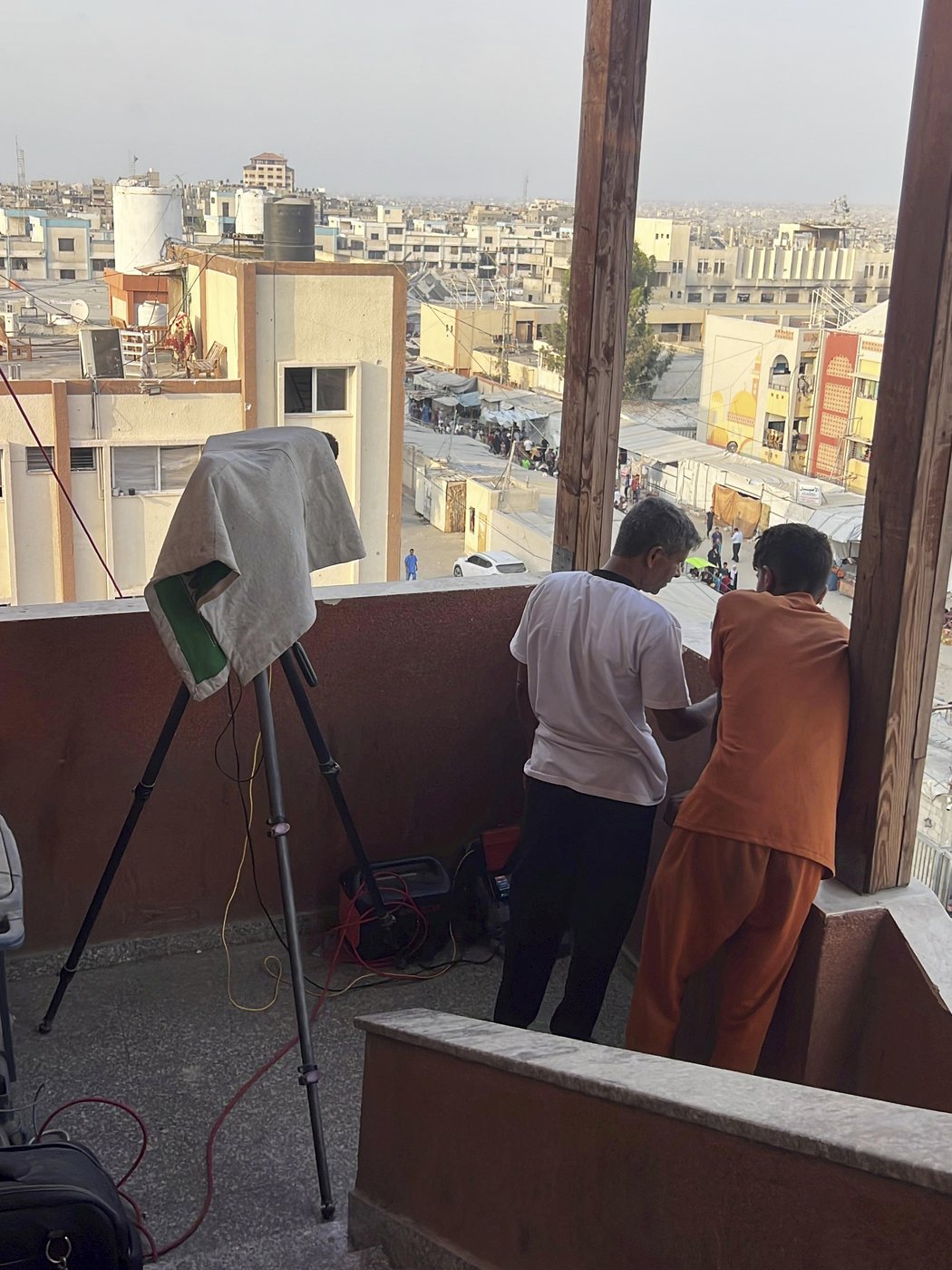
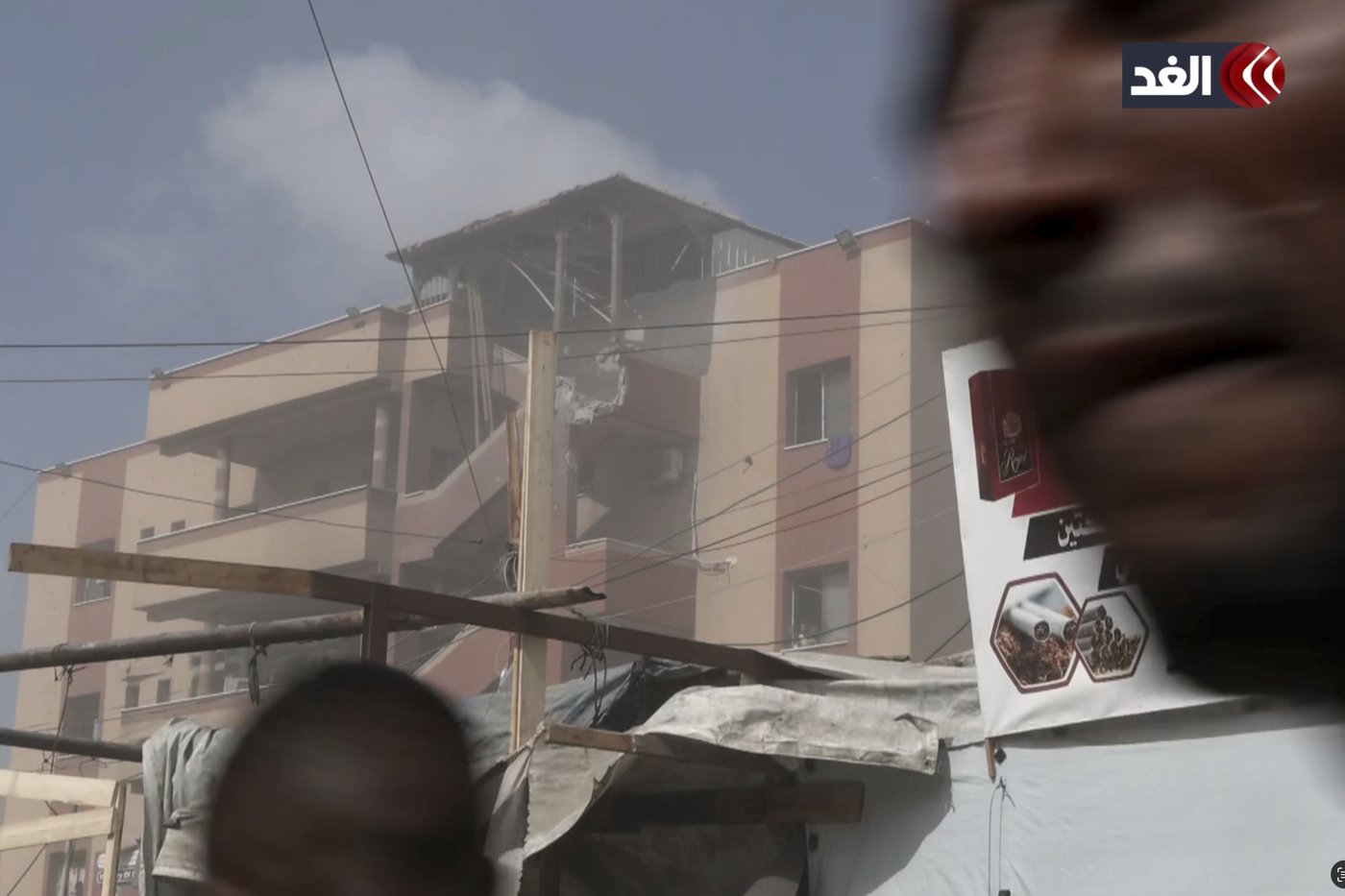
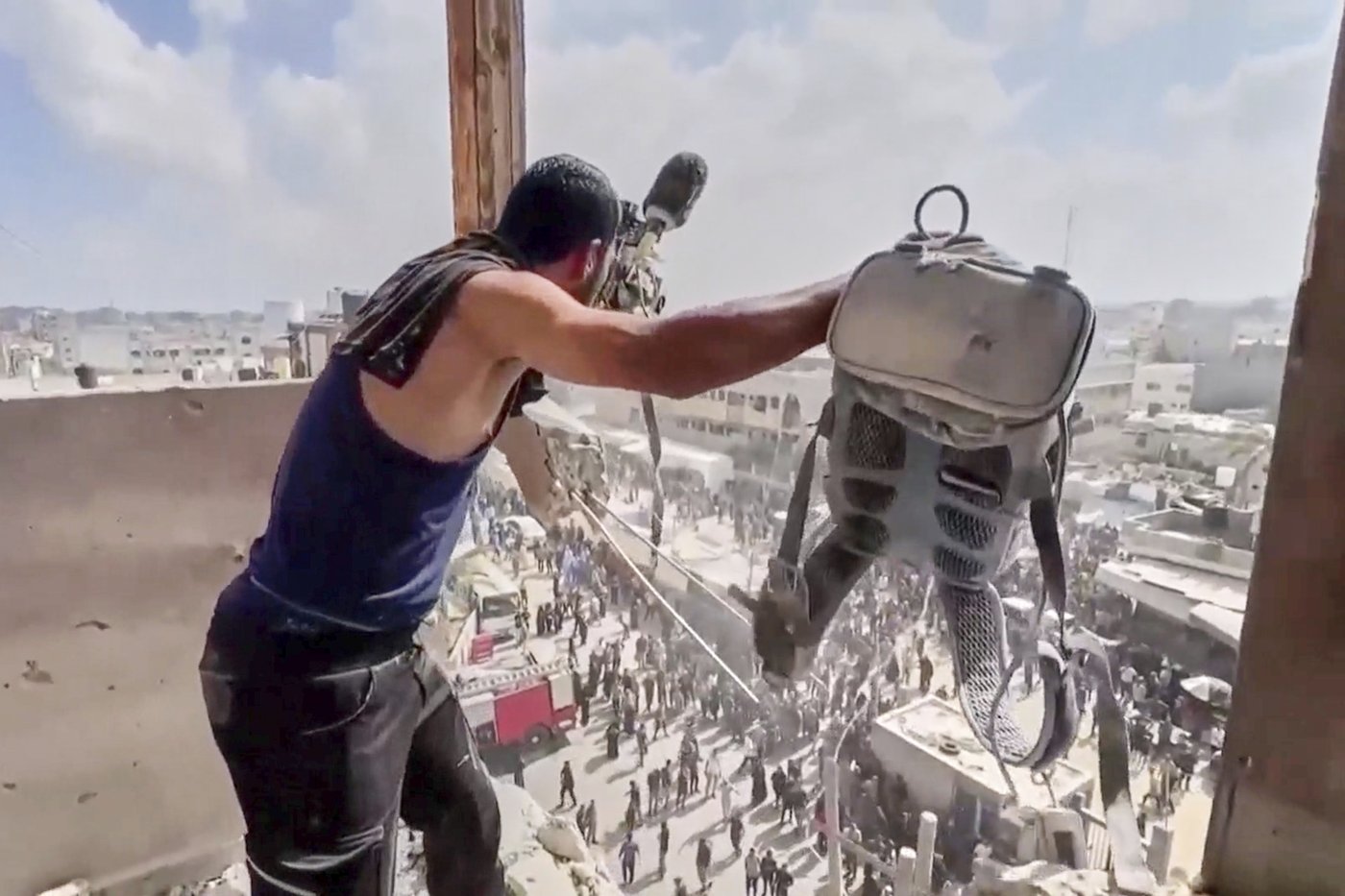

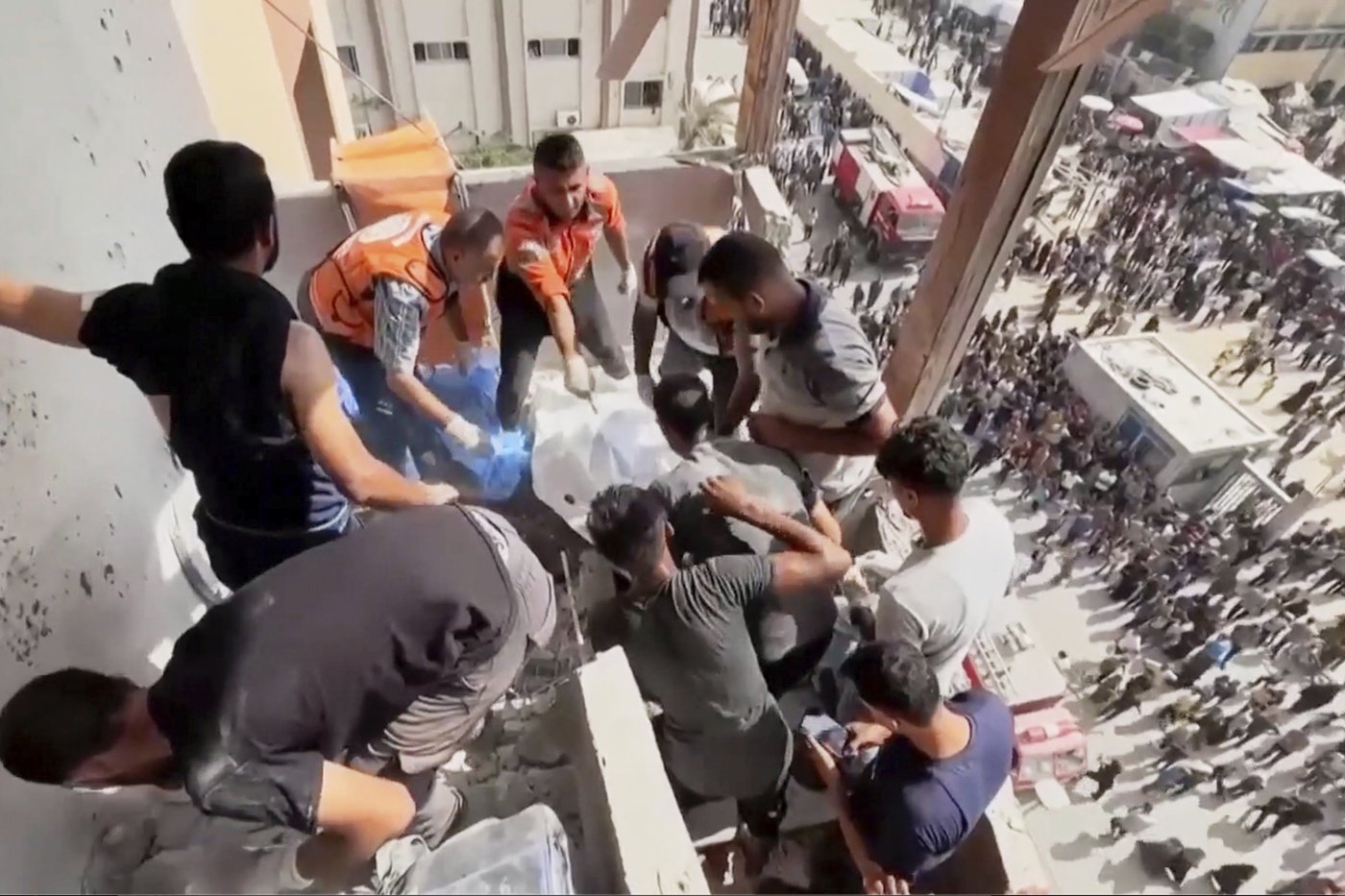
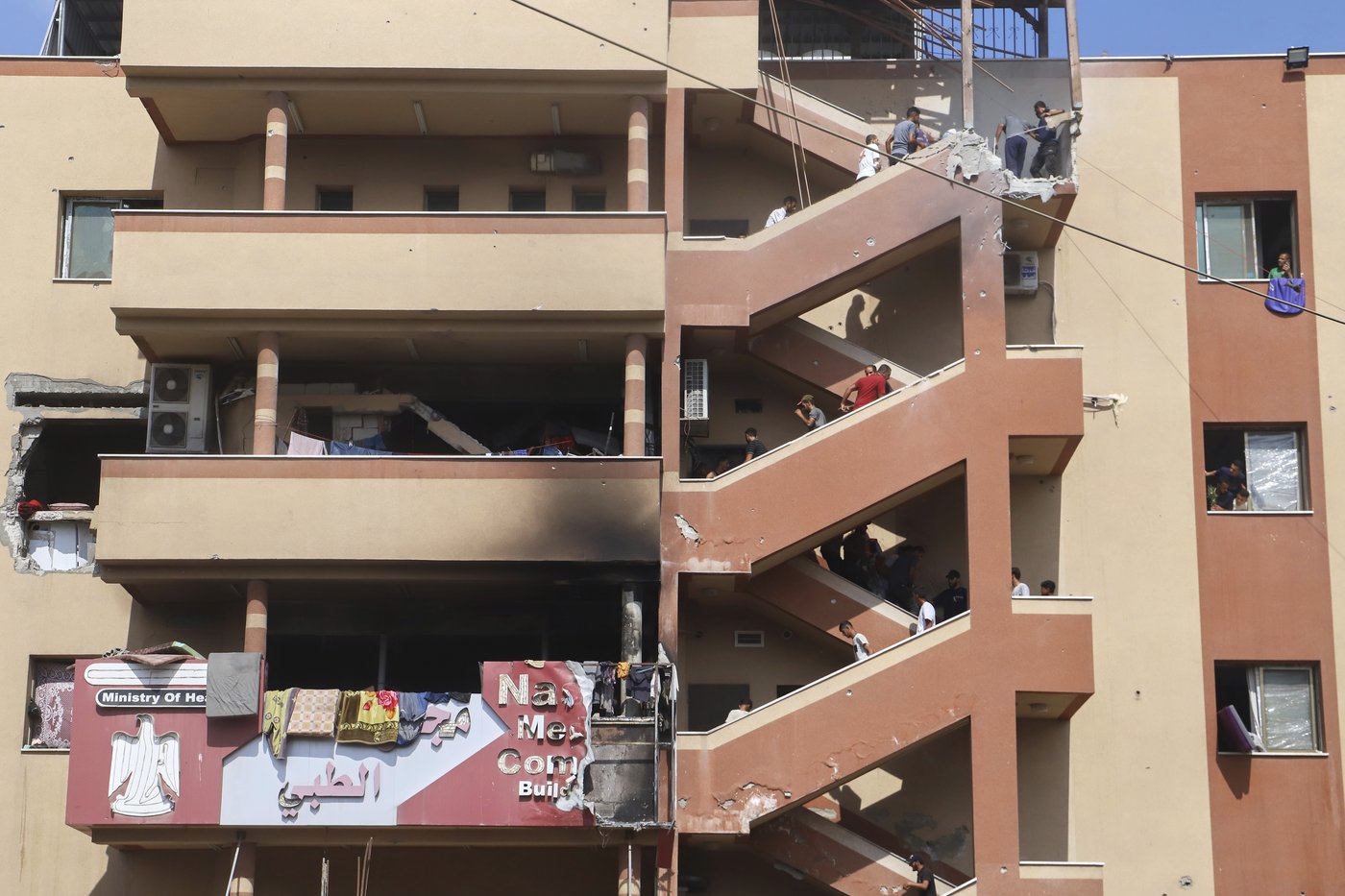
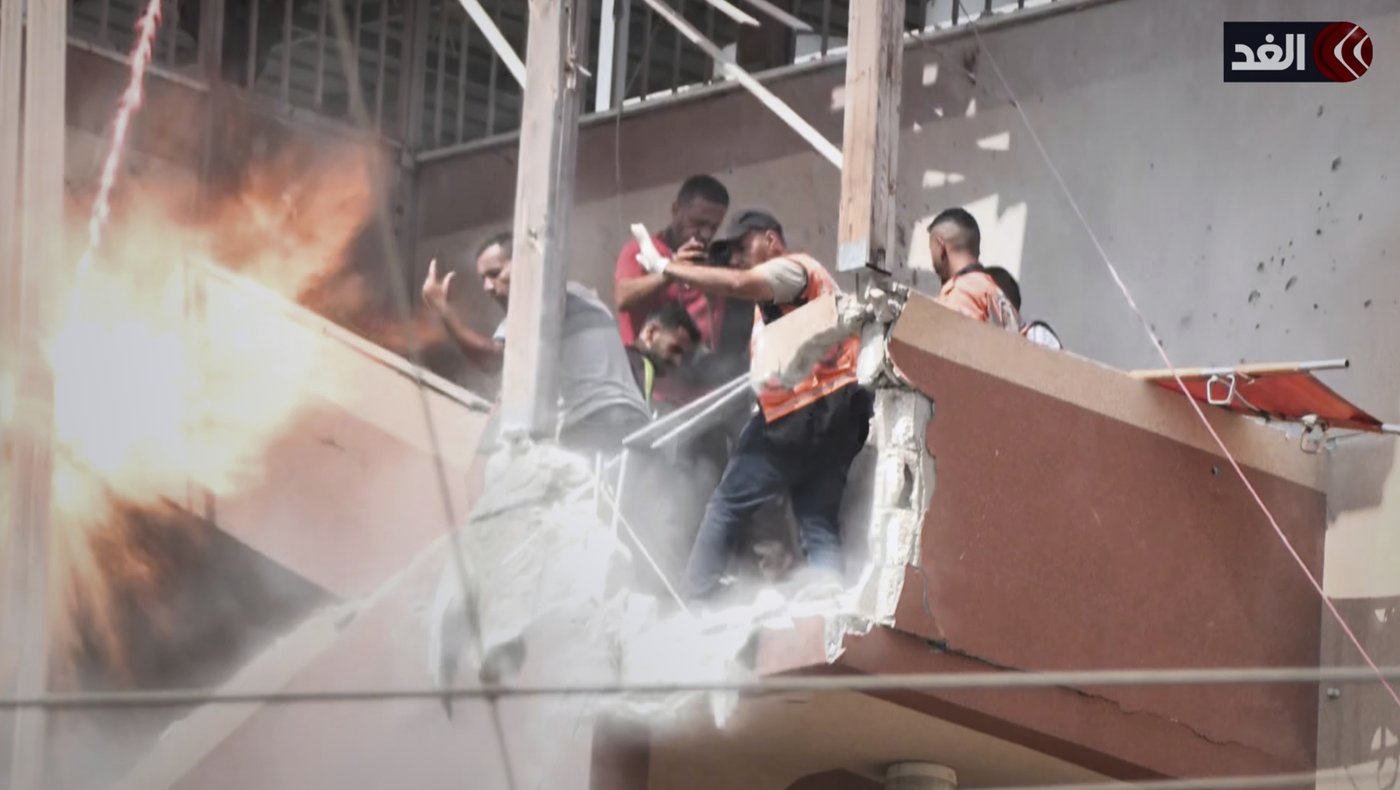
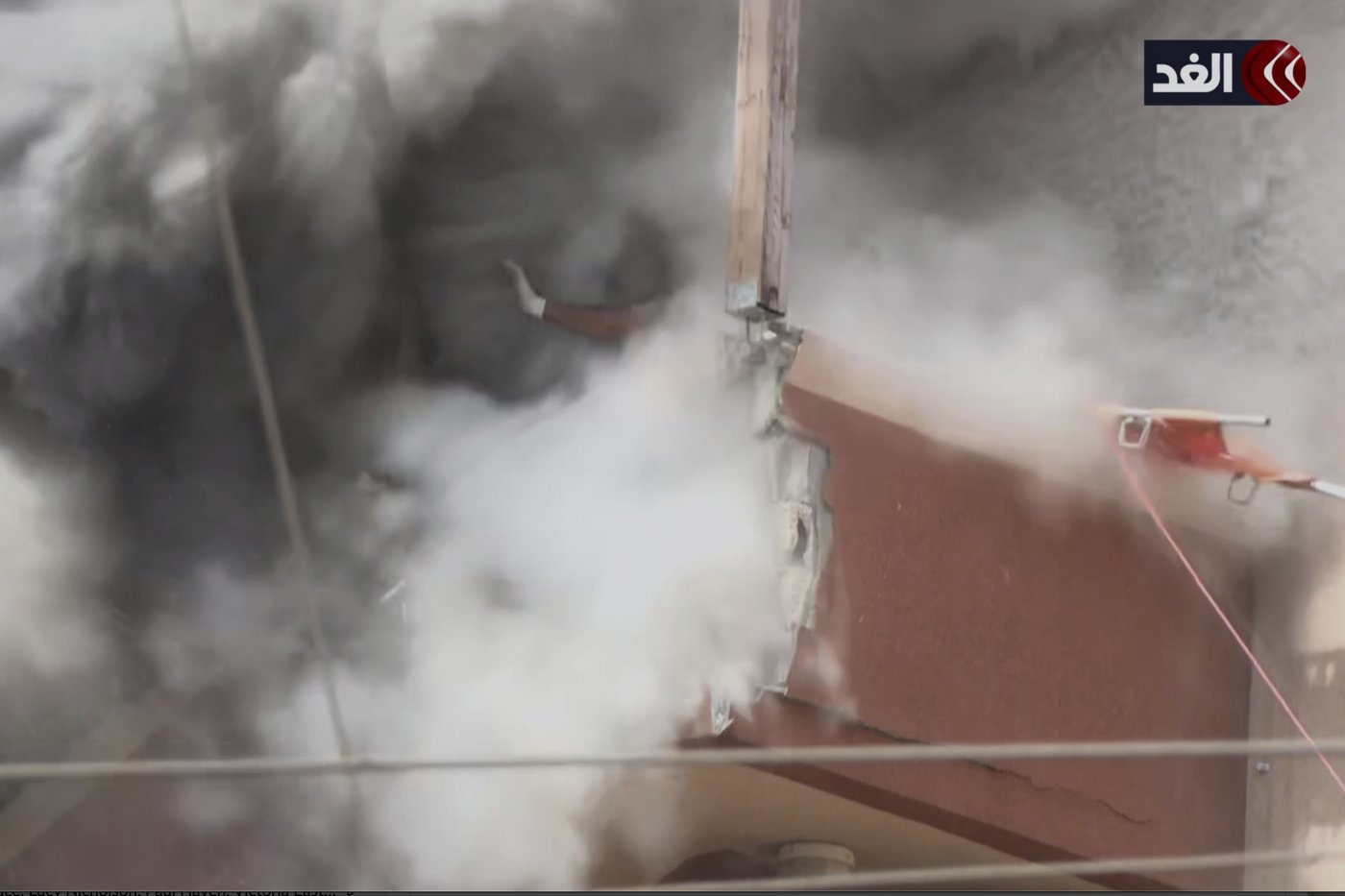
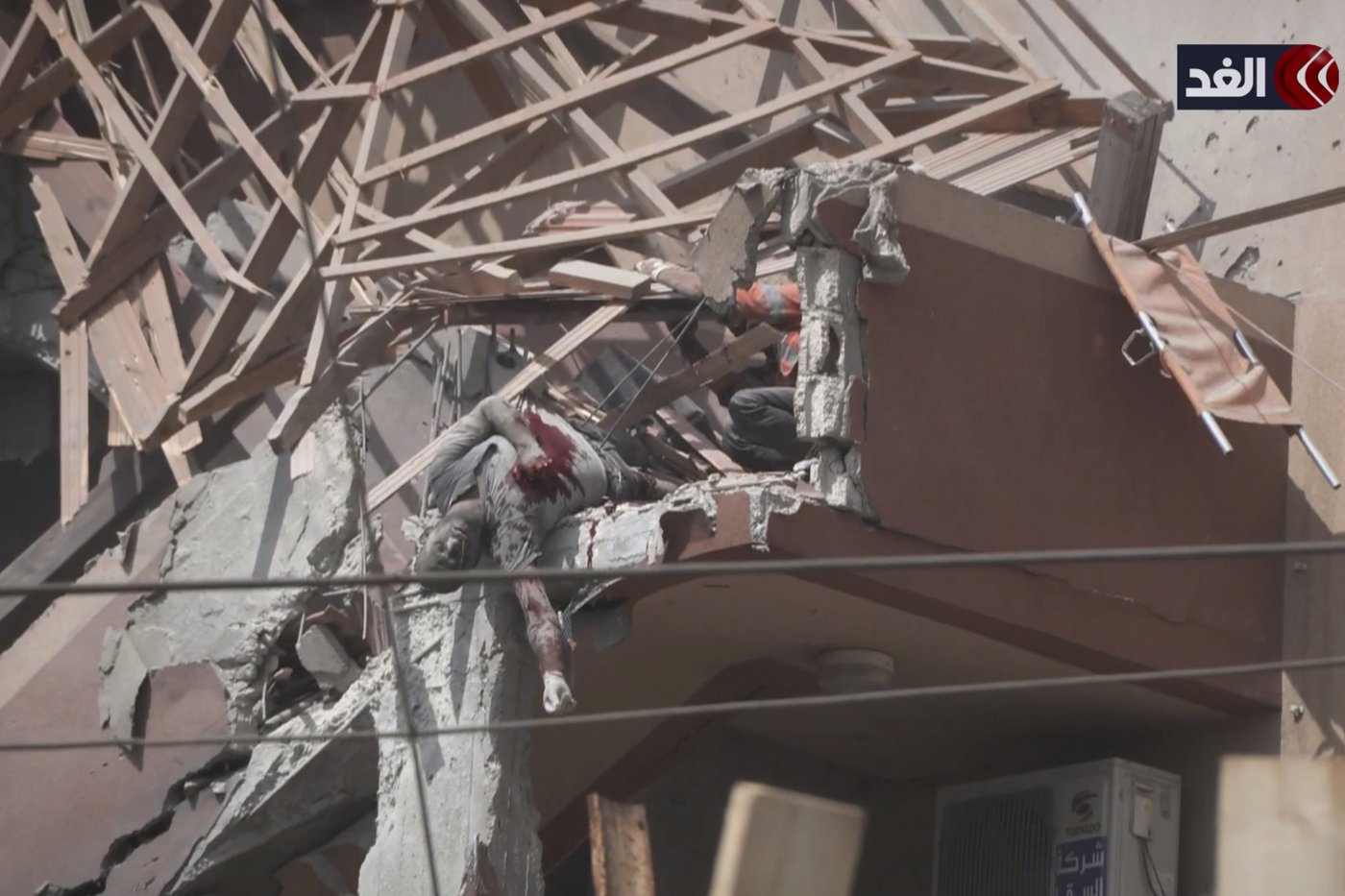
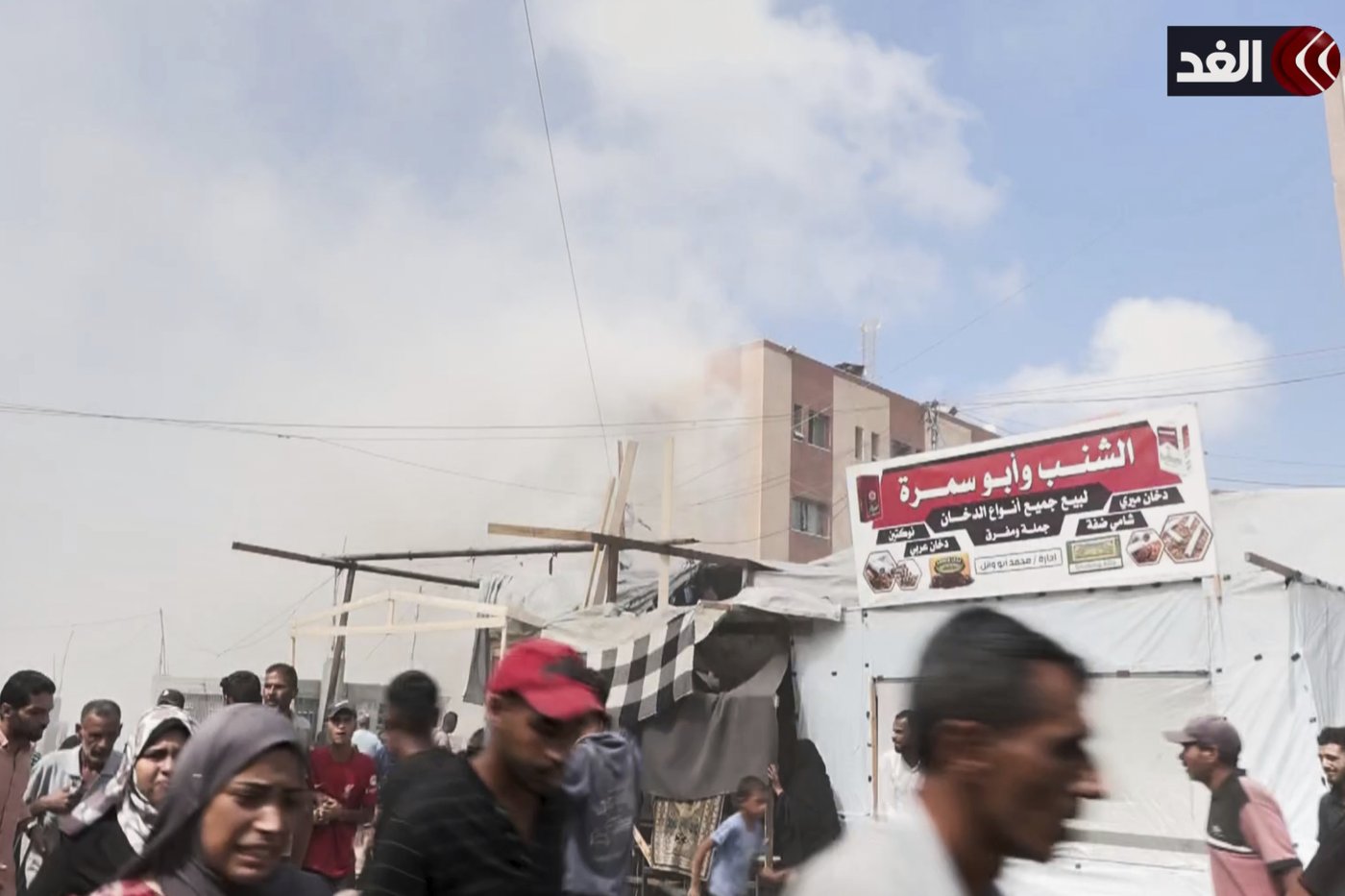
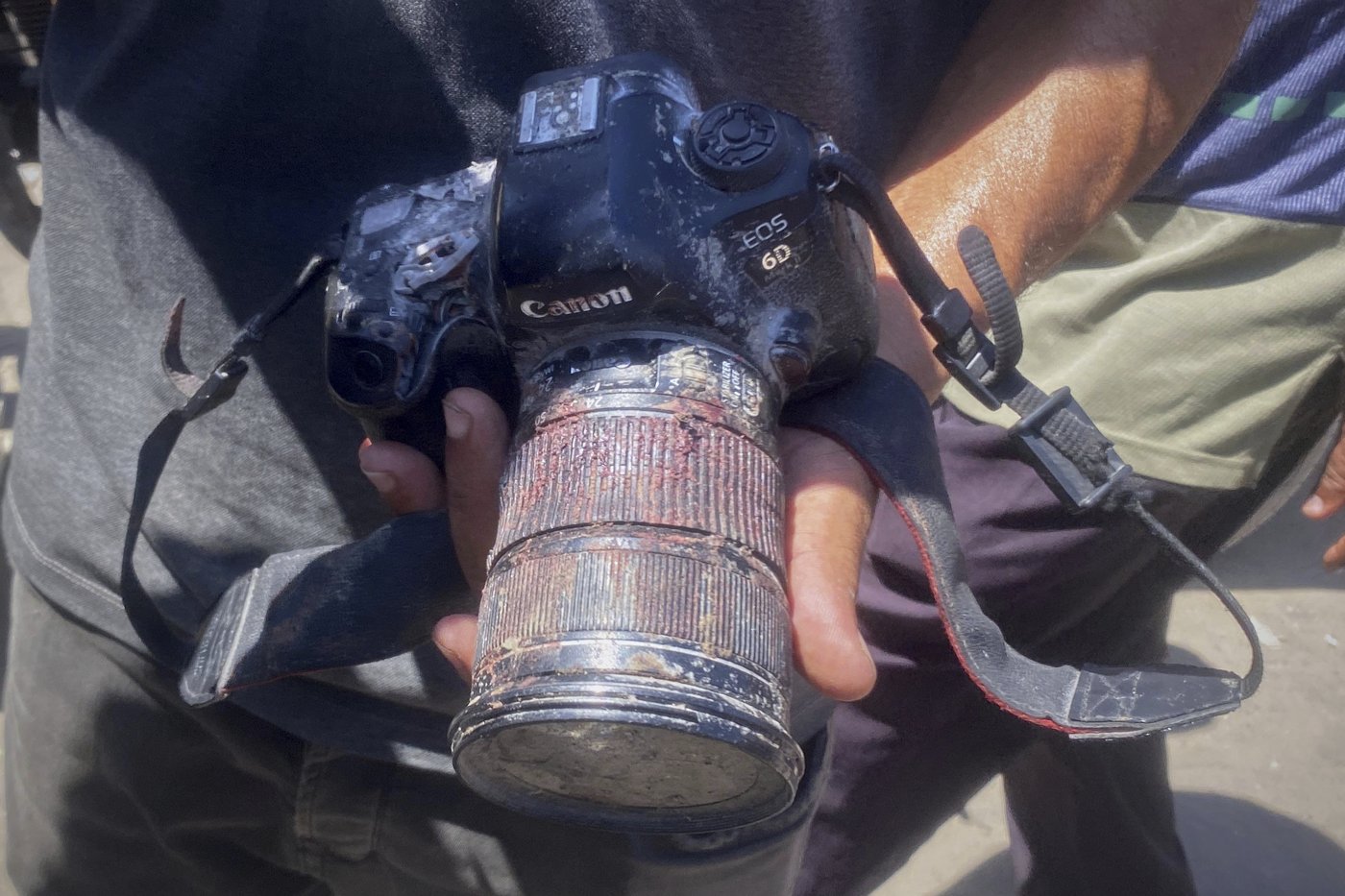

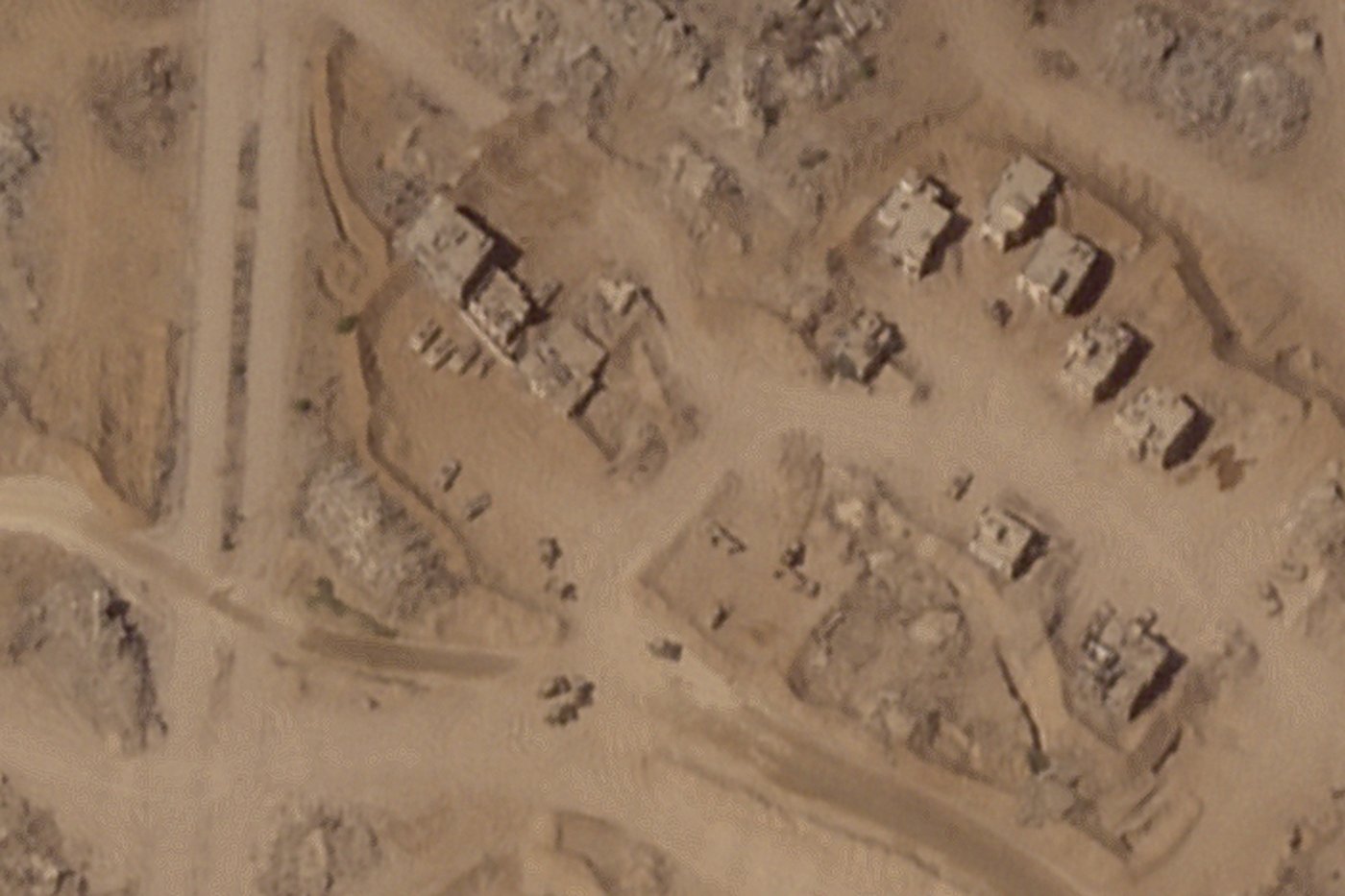
Join the Conversation!
Want to share your thoughts, add context, or connect with others in your community?
You must be logged in to post a comment.
















